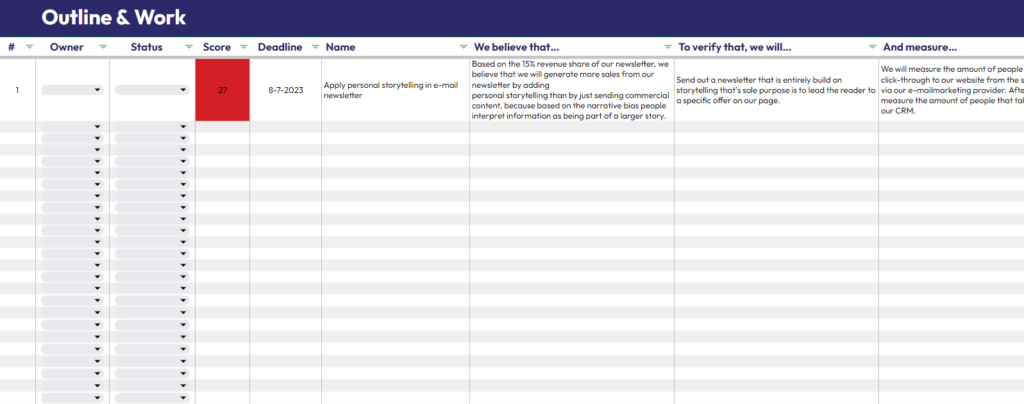What is the Experiment Canvas?
The Experiment Canvas is a vital tool for your business experiment’s ideation, execution, and evaluation. Drawing its roots from the Lean Startup Methodology by Eric Ries, the canvas fosters a systematic, scientific approach to conducting business experiments. It comprises of several sections, each aimed at a unique aspect of your experiment – Hypothesis, Experiment Details, Predicted Outcomes, Actual Results, Learnings, and Next Steps.
This robust structure not only simplifies complex experiments but also provides invaluable insights, propelling you towards informed decision-making and transformative growth.
What is the Outcome of the Experiment Canvas?

Implementing the Experiment Canvas yields profound insights into the performance and potential of your experiments. It helps to crystallize your hypothesis, design robust experiments, predict outcomes, and contrast them with actual results. In essence, it demystifies the complexities of your experiment, providing you with a roadmap to navigate towards success.
Furthermore, the canvas encourages iterative learning. By systematically documenting your learnings and next steps, you continually refine your experiments, promoting a culture of continual improvement and agility.
Who’s the Experiment Canvas for?
The Experiment Canvas is a versatile tool, benefitting a wide array of roles and industries. From budding entrepreneurs testing their value propositions, to product managers piloting new features, to innovation leaders driving organizational transformation, the canvas is an invaluable companion.
Its structured approach and focus on iterative learning make it particularly valuable for roles that require rigorous, scientific methods to evaluate hypotheses, such as business strategists, data analysts, and researchers.
How to Use the Experiment Canvas?
Fill in the Experiment Canvas
- Formulate Hypothesis
State your assumption or the problem you are trying to solve.
- Detail Experiment
Describe the specific steps you’ll undertake to test your hypothesis.
- Predict Outcomes
Document your expected results from the experiment.
- Record Actual Results
Once the experiment concludes, record the actual outcomes.
- Document Learnings
Reflect on the experiment, comparing predicted outcomes with actual results, and derive key learnings.
- Plan Next Steps
Based on your learnings, plan your next actions. This could be a pivot, a persevering with your strategy, or even running a new experiment.
What Does it Take to Use the Experiment Canvas?
Implementing the Experiment Canvas necessitates a meticulous, analytical mindset, and a commitment to learning and iteration. The time required to use the canvas depends on the complexity of your experiment, but you can set up an initial canvas within a few hours.
Beyond time and mindset, all you need is your experimental idea, this template, and the willingness to dive into the scientific process of hypothesis-experimentation-learning.
Frequently Asked Questions
Given the iterative nature of the canvas, you should update it after each experiment cycle – once you’ve conducted your experiment, recorded results, derived learnings, and planned your next steps.
Not at all. While it’s commonly used for business experiments, the Experiment Canvas is a versatile tool. It can help structure any experimental process that involves a hypothesis, an experiment, and a learning outcome.



